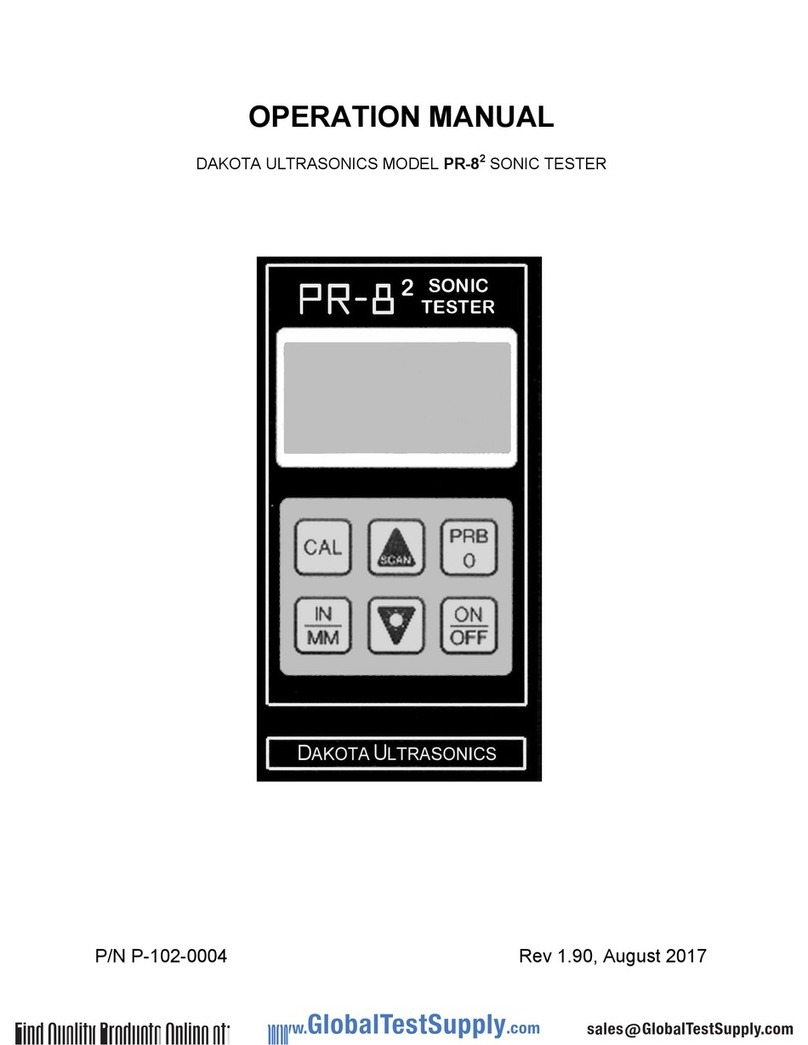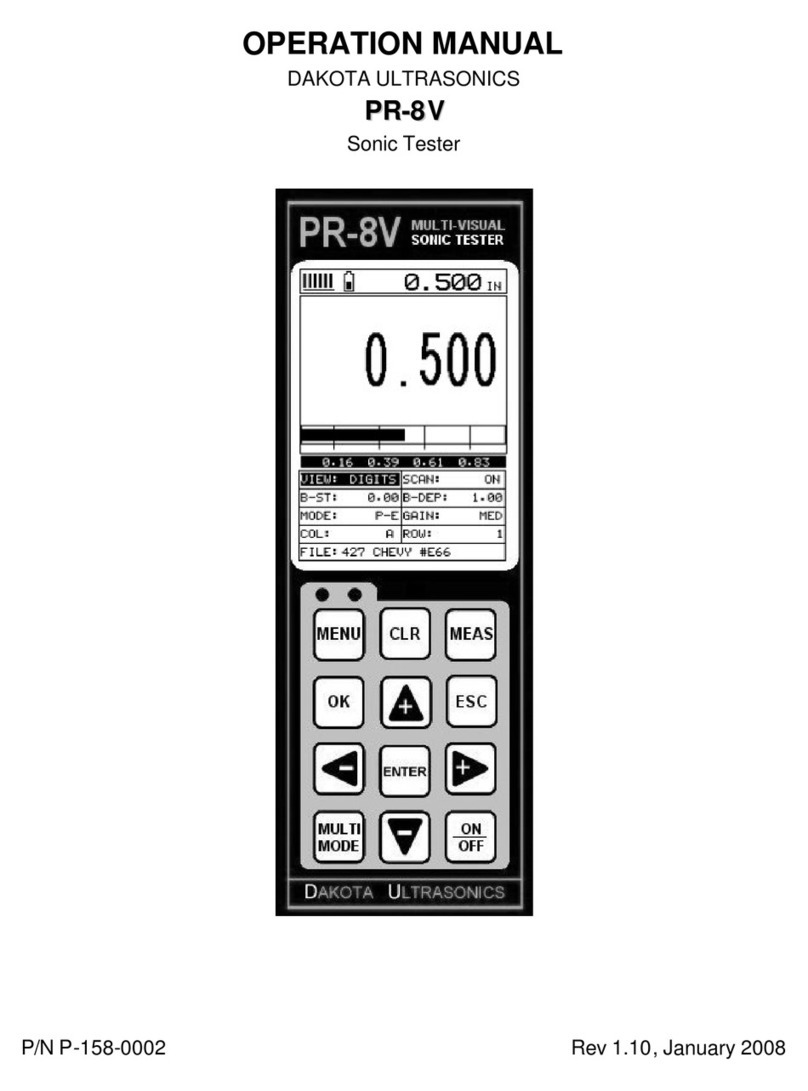
CONTENTS
CHAPTER ONE INTRODUCTION ...................................................................... 1
1.1 DISCLAIMER ......................................................................................................................... 1
CHAPTER TWO KEYPAD, MENU, DISPLAY & CONNECTORS ..................... 2
2.1 ON/OFF/ENTER KEY… ..................................................................................................... 2
2.2 PRB 0 KEY… ....................................................................................................................... 2
2.3 CAL KEY…. ......................................................................................................................... 3
2.4 LIGHT KEY…. ..................................................................................................................... 3
2.5 UNITS KEY…. ..................................................................................................................... 3
2.6 +/- INCREMENT/DECREMENT KEY’S…. .................................................................................. 3
2.7 SCAN KEY…. ...................................................................................................................... 3
2.8 THE DISPLAY ....................................................................................................................... 3
2.9 THE TRANSDUCER ................................................................................................................ 5
2.10 TOP END CAP .................................................................................................................... 7
CHAPTER THREE PRINCIPALS OF ULTRASONIC MEASUREMENT ........... 8
3.1 TIME VERSUS THICKNESS RELATIONSHIP ............................................................................... 8
3.2 SUITABILITY OF MATERIALS ................................................................................................... 8
3.3 RANGE OF MEASUREMENT AND ACCURACY ............................................................................ 8
3.4 COUPLANT ........................................................................................................................... 8
3.5 TEMPERATURE ..................................................................................................................... 9
3.6 MEASUREMENT MODES ........................................................................................................ 9
CHAPTER FOUR SELECTING THE MEASUREMENT MODE ....................... 11
4.1 WHICH MODE & TRANSDUCER DO I USE FOR MY APPLICATION? ............................................ 11
CHAPTER FIVE MAKING MEASUREMENTS ................................................. 13
5.1 PROBE ZERO ...................................................................................................................... 13
5.2 MATERIAL CALIBRATION ..................................................................................................... 14
CHAPTER SIX ADDITIONAL FEATURES ....................................................... 20
6.1 HIGH SPEED SCAN ............................................................................................................. 20
6.2 UNITS ................................................................................................................................ 20
6.3 LIGHT ................................................................................................................................ 20
6.4 LOCK ................................................................................................................................. 21
6.5 FACTORY DEFAULTS .......................................................................................................... 22
APPENDIX A - VELOCITY TABLE .................................................................. 24





























